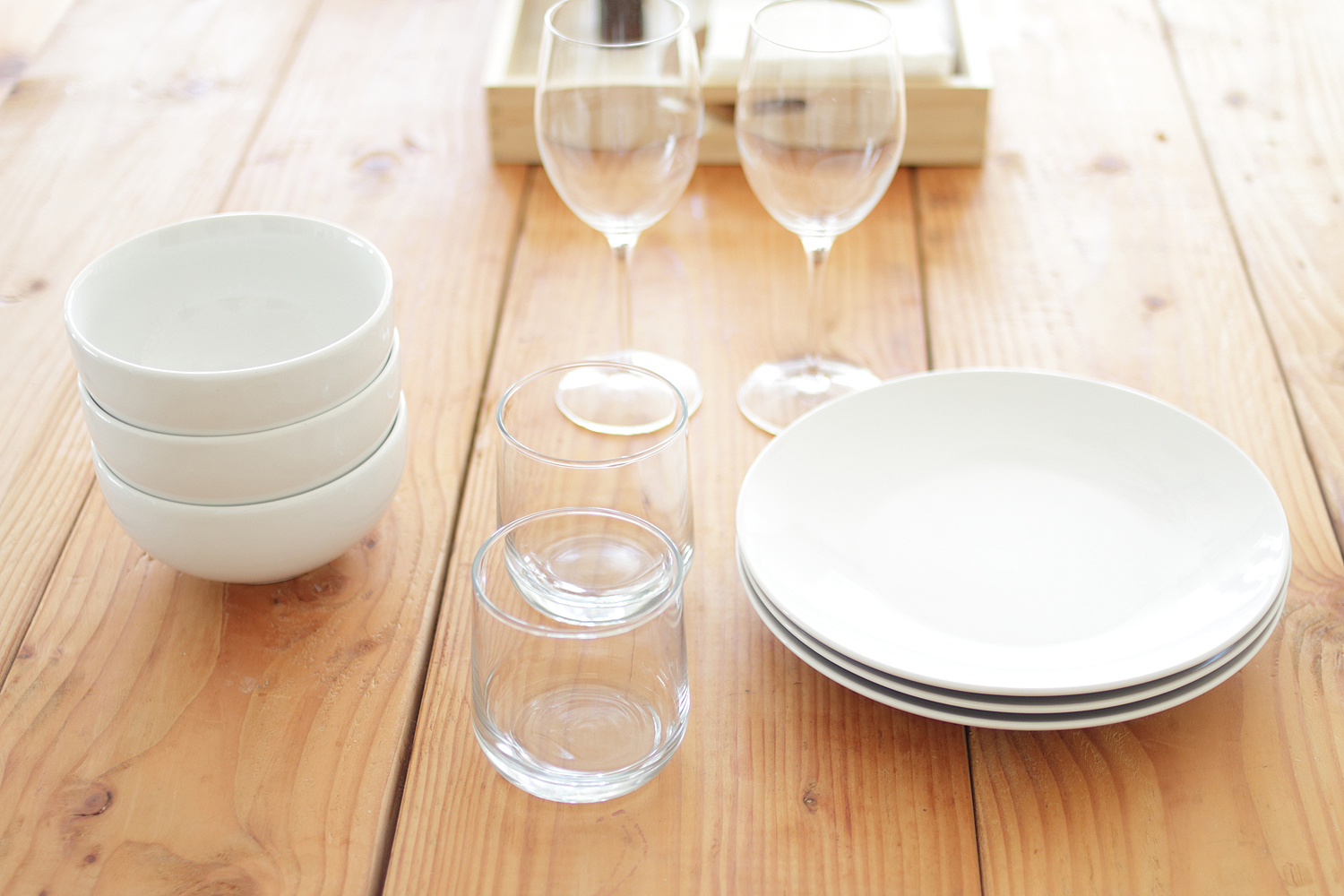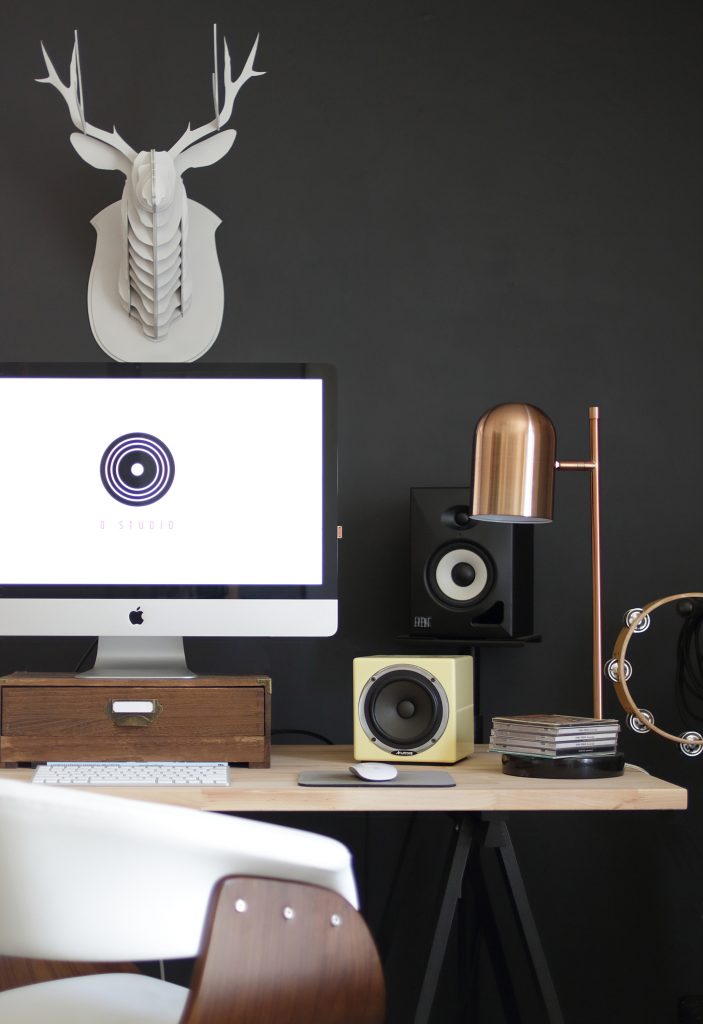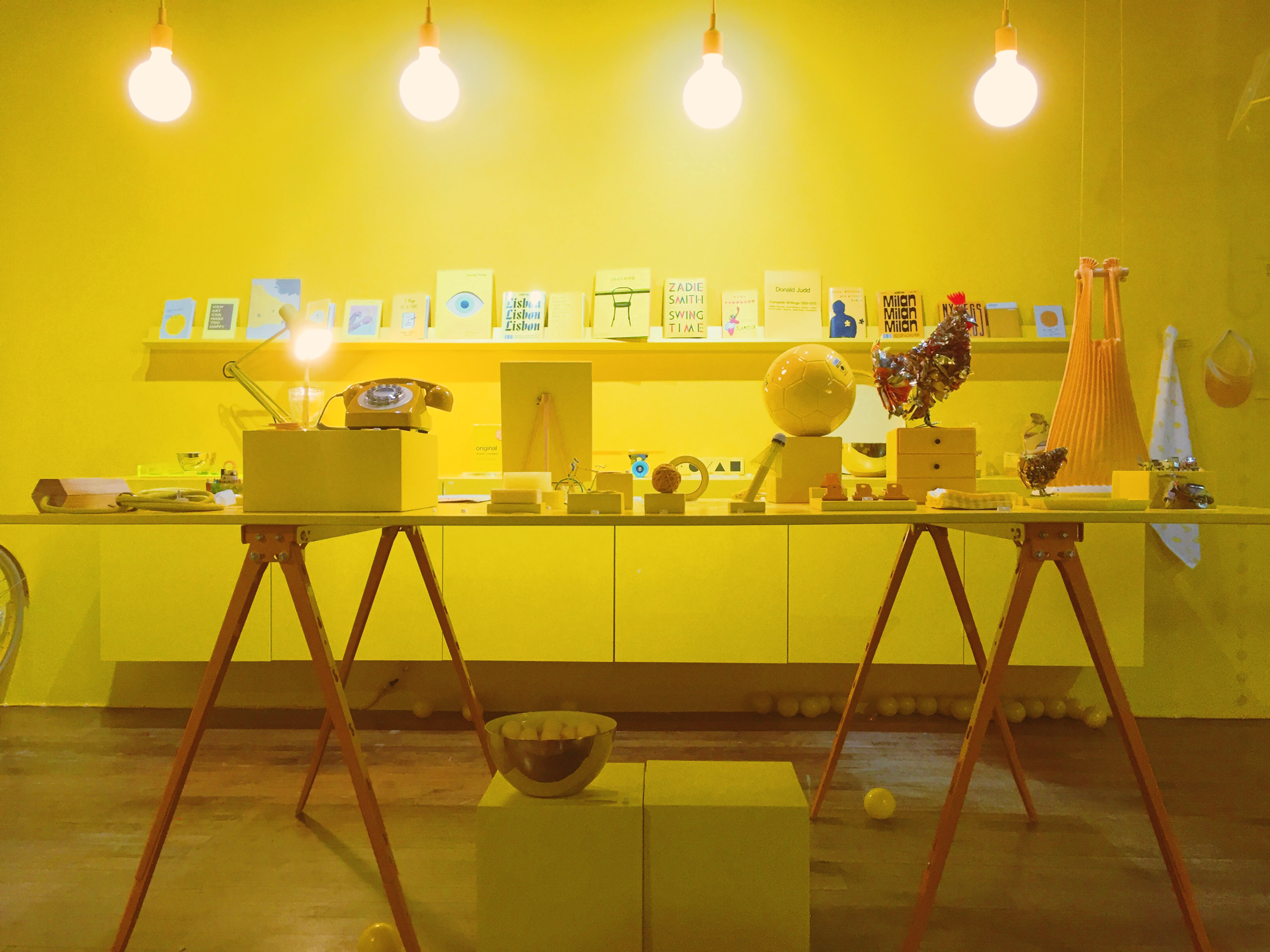Home Shopping 101: Buy Things That Last

While I’m big proponent of building things yourself and repurposing old furniture, inevitably you will have to purchase something for your home. Here are some tips based on my own experience for making sure you buy something that lasts and won’t cost you more money down the road.
Buy solid wood furniture whenever possible.
Because of the high demand for cheap and quick furniture, a lot of companies use particle board with veneer to build their products. While this may increase profits and temporarily satisfy consumers, it is unsustainable in the long run. It also creates a ton of waste because these pieces are not built to last. When veneer starts peeling off pressed wood there is not much you can do to restore the piece short of buying a completely new piece of veneer to replace the old one. To tell if something uses veneer, take a close look at the wood grain. See where it meets the edge of a surface. If the grain continues along the same path, you are most likely looking at solid wood. If the wood grain shifts or changes direction, then you are most likely looking at veneer. This is not to say all veneer is bad. Veneer is sometimes used for certain furniture pieces that use a cheaper hardwood as the base and then a more expensive wood veneer as a finish.

Sales don’t always mean savings
Don’t buy something simply because it’s on sale. Have a specific intention and plan before you go to the store. This will save you a lot of time and money while preventing you from accumulating junk. I usually create a list on my phone to keep me focused when I’m at the store. Based on my own experience, most impulse buys end up in regret and wasted money. However, this does not mean you shouldn’t wait for an item that you really love to go on sale. Target will actually notify you when something you’ve looked at is on sale. Many online retailers will do the same thing. Depending on the retailer, you generally just save the item to a list and they will notify you when the item has dropped in price.

Buy quality
This may cost you more upfront but will save you a ton of money down the road. Buying something that breaks within a year ends up costing you a lot more than buying something that lasts. Save up for something that you really love versus something that you’re settling for. This doesn’t even mean that expensive is always better. It’s more about common sense.
For example, I once bought a tabletop at IKEA for $25 for my recording studio. I thought I gotten the best deal ever, but within a month, the tabletop started sagging underneath the weight of my computer. To my surprise I found out that it was a hollow table top with nothing solid inside. I ended up going to IKEA again and purchasing a solid wood tabletop for $60. Even though it was more expensive, it is incredibly durable and there is no sag whatsoever. I realized that had I spent more money from the beginning, I wouldn’t have had to spend that extra $25 on something that didn’t last. Of course there are times when you really need something quick and cheap, but when possible, be thoughtful about what you are buying. Consider its materials, its craftsmanship and its value in the long run.

Avoid plastic products
The allure of plastic is that it’s cheap and can be molded very easily to whatever shape the manufacturer desires. While not all plastic products are bad and some may even be necessary, there are many things we buy in plastic form that will fall apart within a relatively short period of time while also creating more waste for our taxed planet. For example, you could buy glass drinking cups instead of plastic ones. Buy ceramic plates instead of plastic. Purchase mason jars for food storage instead of plastic containers. (Mason jars are actually cheaper sometimes). For pots and pans, get ones that are a solid metal all the way through instead of ones with nonstick coatings. My favorite pans are my cast iron, as well as my wok that I got for $10 at a local Chinese market. Both are super affordable and will last you forever. Teflon coated pans eventually wear away and they need to be thrown out.
Bring photos
Bring photos of your room before you shop for home decor. I cannot begin to tell you how much time and money I’ve saved by doing this. Often times, we will walk into a store with a mental image of what our room looks like and we purchase items accordingly only to arrive at home to find that what we purchased looks terrible in the space. Having a photo of your room in the store will give you a sense of scale and a more accurate representation of your color palette.
Go easy on the color
Unless you really know what you’re doing, avoid getting bright colors for major furniture pieces. That bright yellow couch might have looked good in that magazine you were looking at, but it may not work all that well in your space. Instead, try to invest in large pieces that are more neutral and that can adapt to multiple color schemes. If you want more color, use it in your accessories or paint an accent wall. Of course if you are confident and feel inspired, go ahead and take a risk. Design should be fun, so break some rules if you want.
